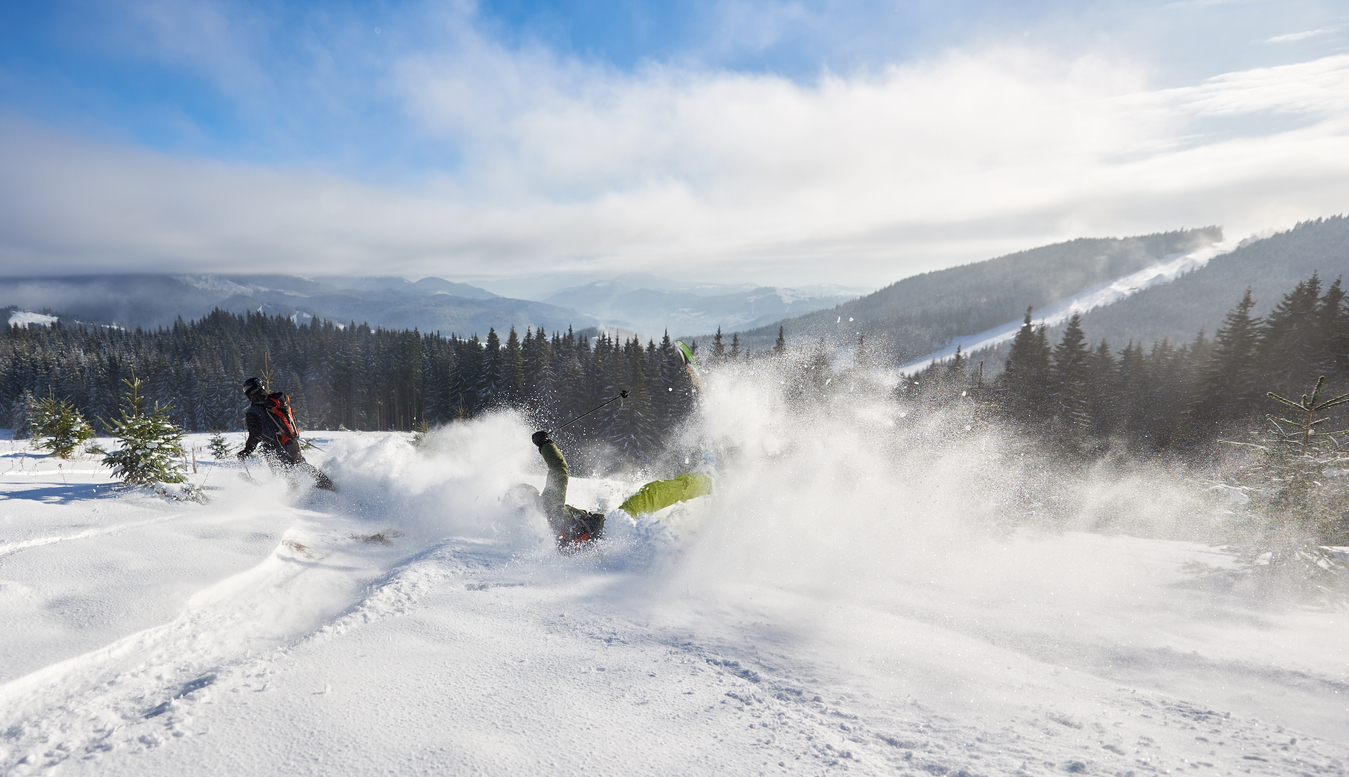- 5 Oct 2025

When accidents occur on the slopes, questions about responsibility and compensation often follow. For individuals involved in ski collisions, determining how damages and medical expenses are covered can be a complex process. One common consideration is whether a ski collision claim payment can be made through homeowners insurance, as many policies extend liability coverage beyond the home. Understanding how this process works is critical for injured parties and those who may be held responsible for a collision.
The Role of Homeowners Insurance in Ski Collision Claim Payment
At first glance, homeowners insurance may seem unrelated to skiing incidents. However, many standard policies include personal liability coverage that applies to accidents occurring away from the insured property. This means that if a skier collides with another individual and is found legally responsible for the resulting injuries, their homeowners insurance policy may provide financial coverage. In such cases, ski collision claim payment is made under the liability provisions of the policy, covering medical costs, property damage, and sometimes legal defense expenses.
How Liability Is Determined in a Ski Collision
Before insurance coverage applies, liability must be established. Ski collisions are treated similarly to other personal injury cases, where negligence plays a central role. If a skier acted recklessly, ignored posted warnings, or failed to follow right-of-way guidelines, they may be held responsible. Once fault is established, a ski collision claim payment can be pursued through the liable party’s homeowners insurance policy. Courts and insurers evaluate factors such as speed, visibility, terrain, and compliance with safety rules when assessing responsibility.
Coverage Limits and Exclusions in Ski Collision Claim Payment
Even when homeowners insurance covers off-premises accidents, there are limitations. Liability coverage typically has policy limits, and if damages exceed those limits, the responsible party may be personally liable for the remainder. Additionally, some policies include exclusions for high-risk activities, which could impact whether a ski collision claim payment is available. Reviewing the specific policy terms is essential to understand whether skiing incidents are fully covered or subject to restrictions.
The Process of Filing a Ski Collision Claim Payment Through Insurance
When a ski collision occurs, the injured party may seek compensation from the liable skier’s insurance provider. This process involves reporting the incident, providing medical records, and establishing liability. The insurance adjuster investigates the circumstances, collects witness statements, and reviews ski patrol reports if available. Once liability is confirmed, the insurer issues a ski collision claim payment, which may include medical bills, rehabilitation costs, and damages for pain and suffering.
For additional perspective, resources like the U.S. Consumer Product Safety Commission provide valuable safety insights that influence how recreational injury claims are approached from a regulatory standpoint.
The Interplay Between Ski Resort Waivers and Ski Collision Claim Payment
Ski resorts often require participants to sign waivers acknowledging the inherent risks of skiing. However, these waivers generally do not protect individuals who act negligently or recklessly on the slopes. If a skier collides with another person and causes injury due to unsafe behavior, the waiver does not eliminate liability. This distinction allows the injured party to pursue compensation, and if the responsible skier has homeowners insurance, a ski collision claim payment can be processed under that coverage.
Comparative Fault and Its Impact on Ski Collision Claim Payment
In many jurisdictions, comparative fault principles apply, meaning that liability is shared if both parties contributed to the accident. For example, if both skiers were speeding and collided, liability may be divided based on percentages of fault. In this scenario, the ski collision claim payment issued by homeowners insurance may be adjusted according to the insured party’s degree of responsibility. State-specific laws govern how comparative negligence impacts recovery amounts.
Homeowners Insurance Versus Umbrella Policies in Ski Collision Claim Payment
While homeowners insurance often provides coverage for off-premises incidents, some skiers carry umbrella policies for additional protection. An umbrella policy extends liability coverage beyond the standard limits of homeowners insurance, which can be particularly important in cases involving severe injuries. When damages exceed the basic policy, an umbrella policy ensures that a larger ski collision claim payment can be made without leaving the insured financially vulnerable.
Subrogation Rights and Ski Collision Claim Payment
Insurance companies may exercise subrogation rights after issuing compensation. This means that if a ski collision claim payment is made to the injured party, the insurer may pursue reimbursement from other responsible parties. For instance, if faulty equipment contributed to the accident, the insurance company could seek recovery from the manufacturer. Understanding these rights is important for both claimants and policyholders, as it influences how final payments are distributed.
Legal Pathways When Homeowners Insurance Denies Ski Collision Claim Payment
In some cases, homeowners insurance providers may deny coverage, citing exclusions or insufficient evidence of liability. When this occurs, the injured party may need to pursue alternative legal remedies. This could involve filing a personal injury lawsuit directly against the skier responsible for the collision. According to established legal principles and guidance outlined in resources such as state civil court procedures, claims must be filed within the statute of limitations to remain valid. If successful, a court judgment can compel payment even when an insurer refuses to cover the accident.
Practical Considerations in Ski Collision Claim Payment
The availability of ski collision claim payment under homeowners insurance highlights the broader purpose of liability coverage. These policies are designed not only to protect homeowners from risks within their property but also to provide financial security in unforeseen incidents elsewhere. For skiers, understanding the connection between recreational accidents and liability coverage is critical. Reviewing insurance policies before engaging in high-risk activities ensures that individuals are aware of their potential financial protections and obligations.
Conclusion: Navigating Ski Collision Claim Payment Under Homeowners Coverage
Ski collisions can result in significant physical, financial, and legal consequences. Determining how compensation is handled often involves evaluating liability, insurance coverage, and the unique circumstances of the incident. In many cases, homeowners insurance serves as the foundation for addressing these accidents, offering a pathway for injured parties to secure compensation. A ski collision claim payment under homeowners insurance demonstrates how liability coverage extends beyond the home and into recreational environments, providing financial resolution when accidents occur on the slopes.
Recent posts
- 5 Oct 2025
- 3 Oct 2025
- 3 Oct 2025
Categories
- Accident & Injury Law (54)
- AI (1)
- Copyright Law (1)
- Criminal & Civil Law (17)
- Disability Law (2)
- Driving Law (2)
- Employment Law (1)
- Estate Planning (2)
- Family & Relationship Law (29)
- Food and Drink (2)
- Gas Exposure (1)
- Health (1)
- Immigration Law (2)
- Injury Claim (1)
- Insurance Law (7)
- Legal (40)
- Lemon Law (4)
- Mediation (3)
- Medical Malpractice (1)
- Property & Business Law (9)
- Severance Agreement (1)
- Travel and Leisure (1)
- Uncategorized (8)
- Worker Compensation (2)



